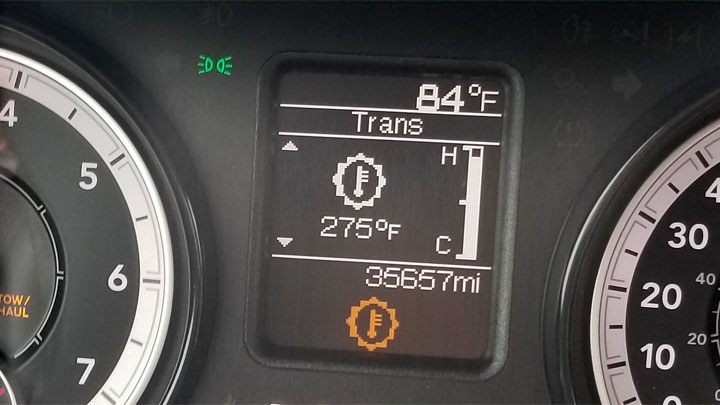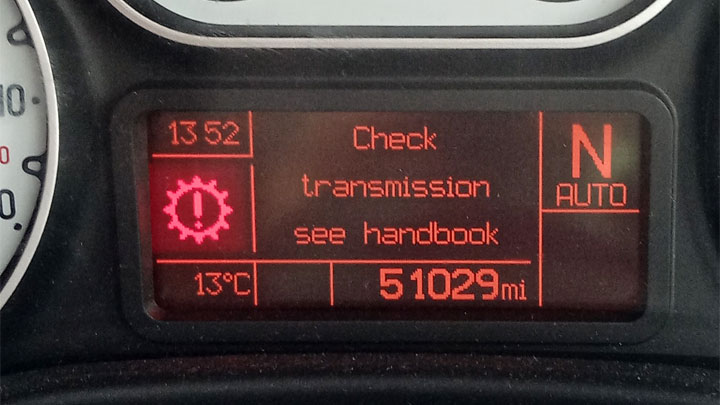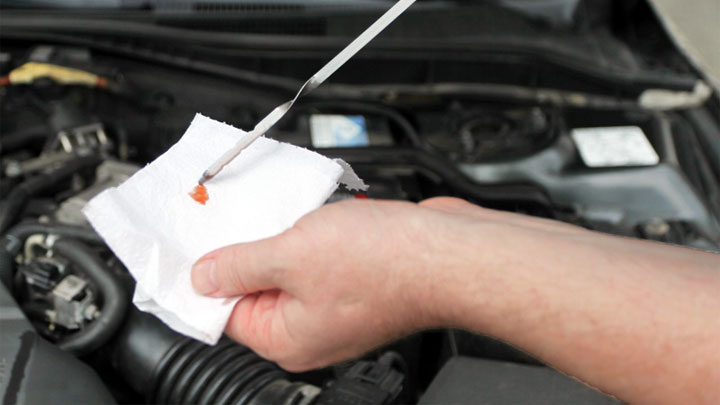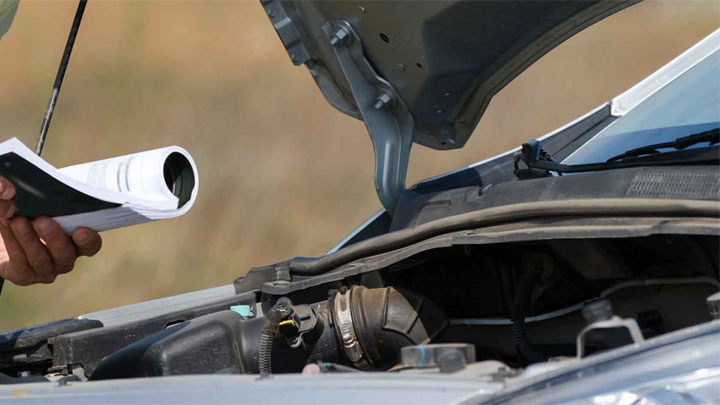Transmission Light On – More often than not, motorists think of their engines as the motivating force behind their vehicles’ operation. While it is true that a vehicle’s engine produces the necessary output, a transmission is required to direct this output to a vehicle’s drive tires. As such, one could argue that the transmission is equally as valuable to vehicle operation as the engine itself.
While transmissions are engineered to be relatively hearty by design, they are not immune to the occasional mechanical or electrical issue. These issues can range from moderate to severe in nature, thereby requiring immediate diagnosis whenever possible.
Luckily, the bulk of newer vehicles now features a transmission warning light, which is designed to bring such issues to a motorist’s attention in the most prompt manner possible.
It bears mentioning, however, that the exact cause of transmission light illumination often differs from one model of vehicle to the next. Therefore, it is important to understand the potential causes of a vehicle’s transnational light, as well as the practical application of an illuminated transmission warning light, as it pertains to your specific model of vehicle.
Read on to learn more about the significance of a transmission light, as well as how to address any issues that this light might signify.
Transmission Light On & How to fix?
[toc]
What Is a Transmission Warning Light?

Much like a check engine light warns motorists of potential issues with their vehicle’s engine, a transmission warning light serves as an indicator that something is amiss with your vehicle’s transmission. However, the exact problem being indicated can vary on a case-by-case basis and is often make/model specific.
There are also certain known variances in the way that a transmission warning light is displayed. Some vehicles use a symbol that is representative of a gear with a thermometer, or alternatively a gear with an exclamation mark. Others might display a text prompt indicating a transmission-related fault.
Do All Cars Have a Transmission Light?

Not all vehicles feature a transmission light. In fact, the bulk of manufacturers did not begin equipping their vehicles with warning lights of this nature until the last decade.
Unlike the check engine light, transmission warning lights are a relatively new addition to the automotive industry. Therefore, if your vehicle is more than 10 years old, it is somewhat unlikely that it came equipped with a warning light of this nature.
Aside from a dedicated warning light, some vehicles feature messages of a similar purpose, that are scrolled across a car’s instrument cluster, in the event that a transmission-related fault was to be logged. While some messages of this nature are relatively generic in context, others are much more descriptive.
What Can Cause the Transmission Light to Come On?
There are a host of potential reasons behind the illumination of a vehicle’s transmission warning light, many of which differ from one model of vehicle to the next. It is important for all motorists to familiarize themselves with the causes behind this type of warning light.
The following are several of the most common reasons that a vehicle’s transmission light comes on.
#1 – Lack of Transmission Fluid

One of the most common causes behind a transmission warning light is a lack of transmission fluid. Remedying this issue will require topping off your vehicle’s transmission with the appropriate lubricant, and determining the source of any leaks.
#2 – Excessive Transmission Temperatures
Most vehicles will also quickly illuminate a transmission warning light in the event of transmission overheating. In this event, it is important to assess the level and quality of your vehicle’s transmission fluid as a whole and change it according to the manufacturer’s maintenance schedule.
#3 – Logged Diagnostic Codes

In many cases, a vehicle’s transmission warning light will be illuminated in the event that a transmission-specific fault code has been stored. The exact source of such codes can range from internal transmission faults to simple electrical issues within the valve body.
#4 – Required Maintenance
Under certain circumstances, the illumination of a vehicle’s transmission light might actually not be indicative of an issue at all. Quite the contrary, some vehicles utilize a similar light to indicate the need for routine transmission-specific maintenance.
Can You Continue Driving With the Transmission Light On?
You should never drive a vehicle which has its transmission light is illuminated, due to the fact that this condition can be indicative of one or more major transmission issues. Continuing to drive with an illuminated transmission light can risk potential transmission damage, some of which can be rather severe in nature.
If you find yourself in a situation where you have little choice but to drive to your ultimate destination, it is imperative to check your transmission’s fluid level before proceeding.
Many transmissions are equipped with a dipstick for such purposes, allowing fluid levels to be checked in seconds. Depending upon the vehicle, this fluid will be checked with the transmission in park or neutral.
In any event, the root cause of a vehicle’s transmission light should be thoroughly diagnosed and repaired as soon as possible. Doing so can very possibly prevent additional transmission damage from being done, some of which can be relatively costly to repair.
If you do not feel comfortable addressing such issues yourself, an appointment should be made with a trusted service center at the first available opportunity.
How to Fix the Problem

The following steps should be followed when attempting to determine the cause of a vehicle’s transmission warning light. Additionally, one should consider consulting factory-specific service literature for their particular model of vehicle, when attempting to diagnose complex transmission issues.
#1 – Pull Over and Survey the Situation
If you notice the sudden illumination of your vehicle’s transmission warning light, it is important to pull over as soon as it is safe to do so. Before turning off your engine, use the supplied dipstick to check your transmission’s fluid level.
Top off your vehicle’s transmission fluid if necessary but also make sure you haven’t overfilled your fluid.
#2 – Get Your Vehicle to a Preferred Location
Next, you must determine whether to have your vehicle towed or to drive your vehicle home or to a preferred service center.
If the basic inspection has unveiled severe fluid leaks, or driveability-related symptoms have arisen, a vehicle should be towed to its intended point of repair. Otherwise, caution should be taken when proceeding to your destination.
#3 – Address the Issue
Next, you must determine whether you will be addressing a vehicle’s transmission issue yourself, or taking the vehicle in question to a shop for repair.
If you intend to choose the latter option, it is important to select a reputable shop with ample transmission-specific repair experience. On the other hand, if you wish to make such repairs yourself, a good quality scan tool and factory-specific service manual will be required before proceeding.